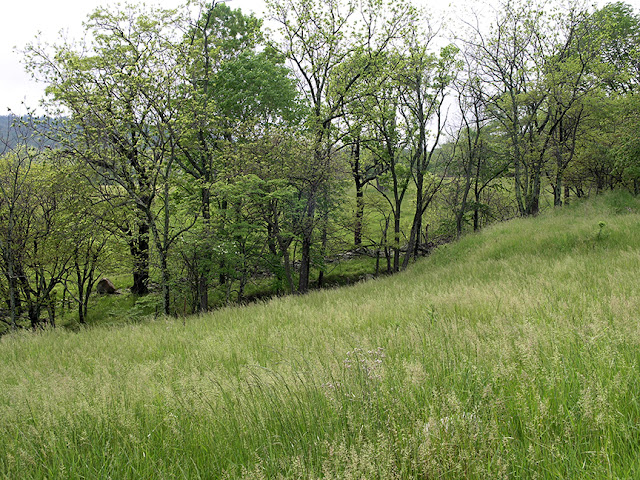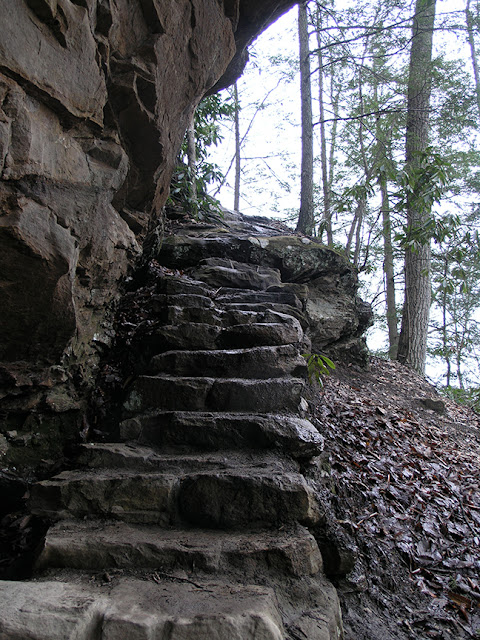 |
| Bicolor Iris (work in progress). |
I've been working on this painting of a lovely bicolor iris, from my garden photos taken last year. As you can see, I'm using colored pencils under the watercolor to outline some of the veins and delicate features on the falls and standards. But alas, it's hard to stay on task when the weather has finally taken a turn.
Last Friday the buds of my yellow magnolia were starting to open, just as overnight frost was imminent. The flowers, which I've yet to see fully opened and unmarred, were looking so good... I bought a special cloth that is supposed to protect them and draped the tree with it.
 |
| Yellow magnolia hybrid 'Butterflies' |
 |
| King Alfred daffodils in the back yard |
 |
| Thalia and Tazzeta narcisus in the front |
 |
| Front yard by the walk. |
Other flowers are not as susceptible, thank heaven. My daffodils, both the yellow' King Alfred' and the white 'Mount Hood' are looking better each year, along with the perfumed Thalia narcissus. The grape hyacinths too are emerging. It's been very dry, less than an inch of rain in the past few weeks. Storms tonight are supposed to bring us one to two inches, and I really hope these will materialize.
 |
| Blue and white Grape Hyacinths. |
The warm weather over the weekend was irresistible so I spent yesterday afternoon and part of today working on my garden--moved the Hydrangeas and a Holly-leaved Osmanthus that I'd planted too close to a holly out farther. It was hard digging up the well-established plants, and I had to cut a few large roots that went very deep, I hope the plants will survive.
Last weekend David helped me assemble my cedar-board raised bed, and I put in the liner and have it about 2/3 filled with good garden soil, almost ready to plant. This year I decided to try growing artichokes, so I started some from seed indoors, hoping for a decent crop. I'm also growing some basil and leaf lettuce from seed, and later on Sugar snap peas and perhaps Japanese eggplant will go in the raised bed.
The Kwanzan cherry in the front should be in full bloom by the middle of the coming week, and I can hardly wait to see all the other flowers that are hopefully on the way as a result of the previous years' labors.









































